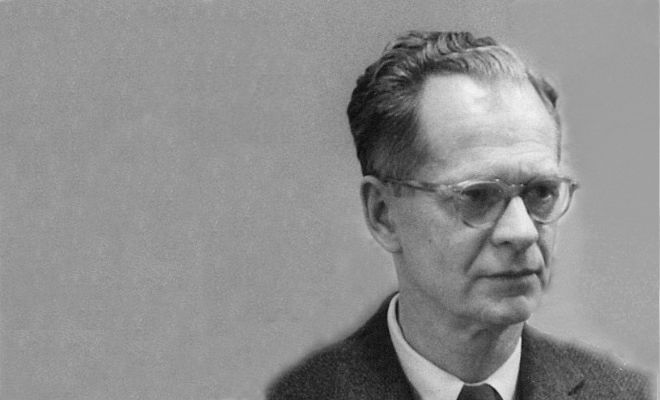
Child Development
Child Development Theories: B. F. Skinner
B. F. Skinner was a behavioural psychologist who was convinced classical conditioning was too simplistic to constitute a comprehensive explanation of complex human behaviour. He believed that looking at the causes of an action and its consequences was the best way to understand behaviour. He termed this approach, which looked at the effects of the behaviour, operant conditioning.
Taking issue with the limits of classical conditioning, B. F. Skinner distinguished between two types of behaviour:
- Respondent behaviour – things which happen automatically and reflexively, e.g. pulling your hand away from a hot stove. These are not learned behaviours, they simply occur automatically and involuntarily.
- Operant behaviours – things which require our conscious control. Though some may occur spontaneously or purposely, it is the consequences of such actions which then determine whether or not these actions recur in the future. Our actions upon our environment, and their consequences, play an important role in the learning process.
B. F. Skinner’s Operant Conditioning
While classical conditioning can readily account for respondent behaviours, Skinner realised it could not explain many other kinds of learning. Thus, he believed operant conditioning was of far greater importance.
Operant conditioning has some key concepts:
Reinforcement is any immediately subsequent event which increases or strengthens a behaviour. There are two types of reinforcement:
- Positive reinforcers – favourable outcomes presented after the behaviour. Positive reinforcement occurs when a behaviour is strengthened by praise or a reward.
- Negative reinforcers – result in the removal of an unpleasant outcome as a direct consequence of a behaviour. Negative reinforcement grows stronger when something unpleasant is then immediately removed.
The behaviour increases in response to each kind of reinforcement.
Punishment is the application or removal of an outcome which brings about a decrease in the targeted behaviour:
- Positive punishment, or punishment by application, introduces an unfavourable outcome in order to weaken a behavioural response.
- Negative punishment, or punishment by removal, removes a favourable outcome after the occurrence of a behaviour.
The behaviour decreases in response to each kind of punishment.
Implications for teachers:
Skinner suggests any age-appropriate skill can be taught by the following steps:
- Clearly identify a target action or performance the child is to learn.
- Break that task down into simple, achievable steps of increasing complexity.
- Allow the child to perform each step, while always praising and reinforcing correct actions.
- Adjust each step so the child is consistently successful until the final goal is achieved.
- Switch to occasional reinforcement to maintain the child’s performance.




You must be logged in to post a comment Login